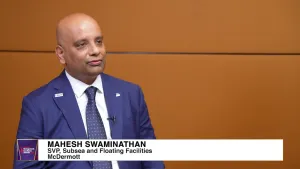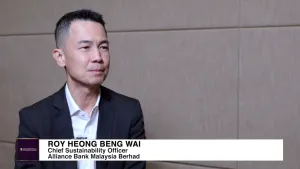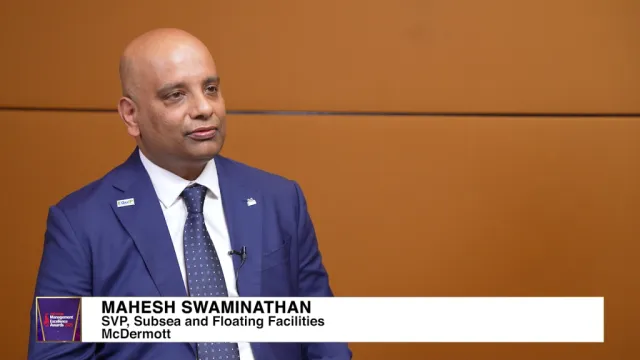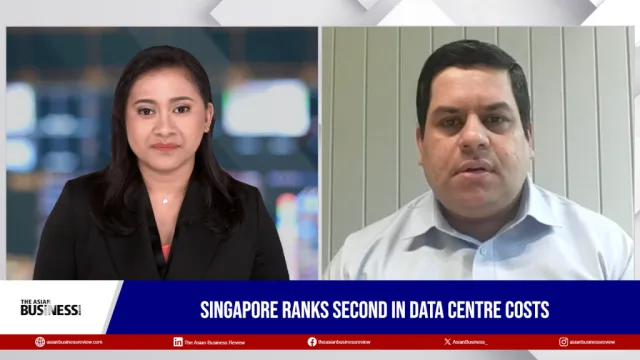
Balancing cost and growth needs in digitalising insurance in Indonesia
EY Indonesia Partner said integration of digital and traditional channels are essential in managing costs and improving customer experience.
THE DEVELOPMENT of digital distribution channels in Indonesia’s insurance sector is still in a dynamic and evolving process. Insurance companies are continuously exploring ways to enhance their digital platforms, streamline their processes, and strategise effective execution plans, especially to cater to the future market: Gen Z.
Whilst there have been success stories, the industry is still navigating through various internal and external challenges to find an optimal model. Despite these efforts, significant cost challenges remain, as the investment required for digital transformation is substantial.
This balancing act is crucial for insurance companies aiming to grow their business and achieve favorable returns while managing the added expenses of digitalisation, said Bernadeth Saoria L. Gultom (Sao), a partner for Consulting, Financial Services at EY Indonesia.
Interviewed on the sidelines of the Insurance Asia Forum 2024 in Jakarta, Sao addressed the following questions on the regulatory environment concerning personal data protection and compliance.
How do you see the development of digital distribution channels in the insurance sector in Indonesia?
Currently, this process is still in its journey stage because there are internal and external problems in finding the right form. There are success stories, but they are not yet optimal as many aspects still need to be balanced.
For example, in terms of process, insurance companies can still make improvements and strategise on what their digital platforms should look like. For instance, if they want to develop the platform, they need to plan its execution.
However, there are cost challenges. Investments in this area are not yet optimal, and this term might be appropriate because, in the end, it is about business. So, insurance companies must grow their business and get a good return.
For insurance companies, this requires significant and bold investments in the digitalisation process, which will add to the cost of products, making them more expensive. There is no definitive answer for balancing all these factors yet. Stakeholders realise that the cost of developing digitalisation is still quite high, even though it is progressing.
We are in a situation where continuous development is necessary, especially with consumers, or policyholders, who are Gen Z or even younger. They are the future market. Therefore, insurance companies need to prepare strategic steps to balance these aspects.
What efforts are needed to balance the costs?
During the panel discussion, the panelists representing insurance companies mentioned the need to prepare an ecosystem, including preparing providers and ensuring customer readiness.
So, insurance companies do not need to create something new but can optimise or expand their digital distribution channels or enhance their functions to be simpler, improving the process to be more seamless.
One aspect related to the process is that it can be lengthy. When we talk about process improvement, we mean making it simpler. For example, with the support of digital channels, lengthy processes can be shortened, which in turn can help manage costs.
However, it’s acknowledged that this is not easy because discussing ecosystems involves many factors. Many aspects need to be managed, from people's readiness to the tools and products, ensuring that customers want to buy the product and are happy with it.
How do you view regulatory support?
Earlier, we double-checked the existing regulations. Essentially, there are no significant obstacles, and nothing specifically hinders the implementation of digital distribution channels. Insurance companies are not constrained, although they still have to comply with regulations.
For instance, when discussing data, insurance companies must ensure which customer data can be shared publicly and which must be protected and kept confidential.
What is your view on data protection practices?
At the end of last year, our regulator issued regulations on personal data protection that must be complied within this year. Every insurance company is required to create a roadmap aligned with OJK regulations. They will conduct diagnostics and checks before implementing necessary improvements.
Regarding personal data protection regulations, refer to UU No.27 of 2022, Which has been actively communicated by regulators and is expected to be implemented effectively by October 2024. All financial and non-financial services, including banks and insurance companies, are required to comply with these rules.
With the implementation of this regulation, there is an expectation of internal improvements, as one rule involves cross-divisional teams, including legal, compliance, risk, and IT departments, to manage data and support the necessary technology. Thus, the legal, IT, risk, and compliance teams are all involved.
How do you see the future trends for digital distribution channels in the insurance sector?
Digitalisation in insurance is not as rapid or aggressive as in banking, as the priority of products offered is different. Unlike banking, where payments are now made through mobile banking, not everyone uses insurance products.
Additionally, there are challenges in public literacy regarding insurance, which is limited in improvement. During COVID-19, I facilitated a meeting with the Indonesian Life Insurance Association (AAJI), where they mentioned literacy is one of the challenges that need to be addressed. Approaching future markets, such as Gen Z, involves using agents who match the target market's age, making the approach easier and the language more understandable for Gen Z.
Returning to digital, I believe there still needs to be a combination of digital and traditional channels, by modernizing the traditional methods to be more effective. Focusing solely on digital channels might lead to high costs and unmet objectives.
As digital platforms for insurance are still developing, there needs to be an integration between digital channels and traditional agency models. Given the characteristic of Indonesian society that still prefers face-to-face interactions, it is crucial for Insurance companies to offer multiple channels.

















 Advertise
Advertise









